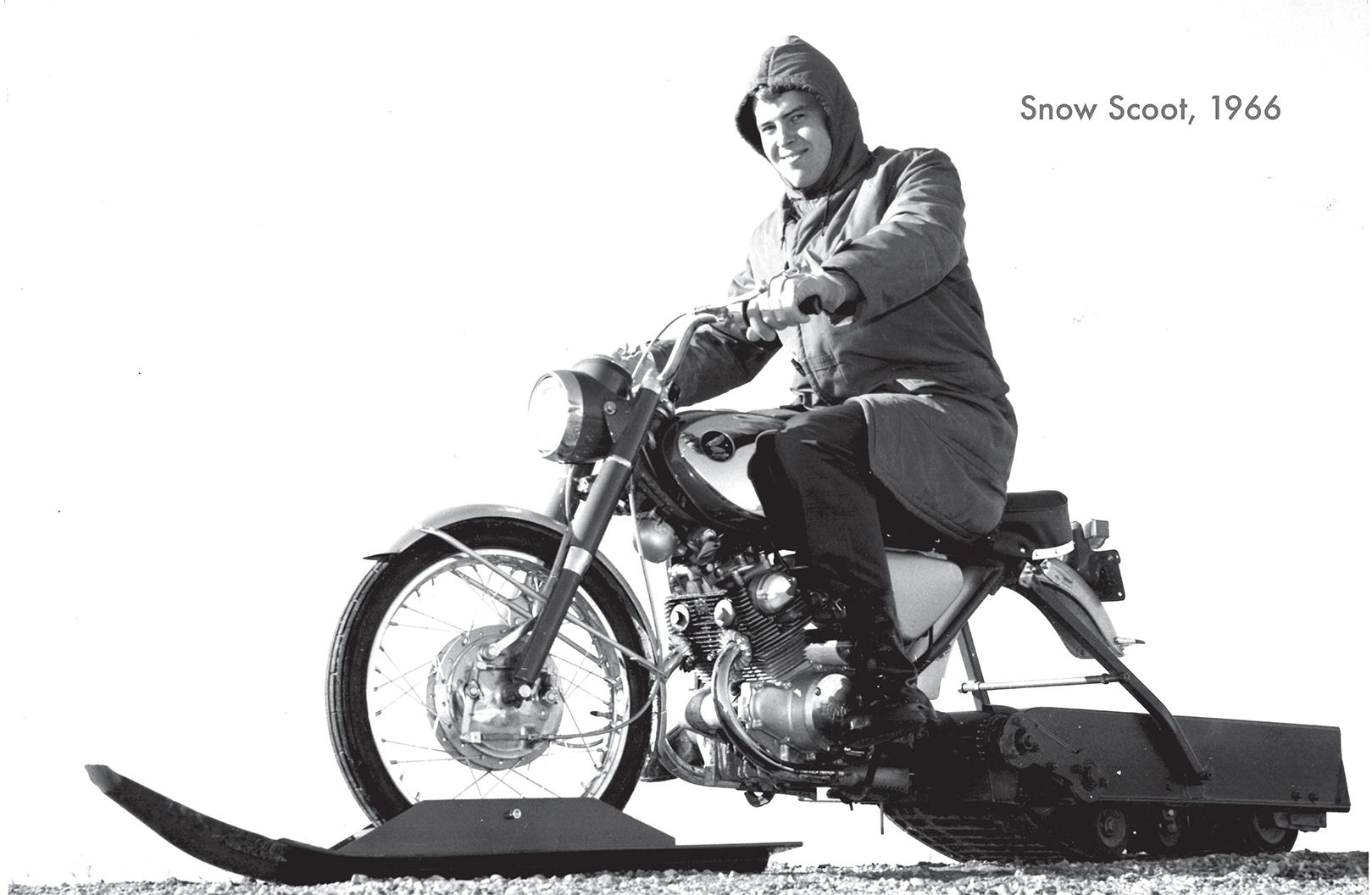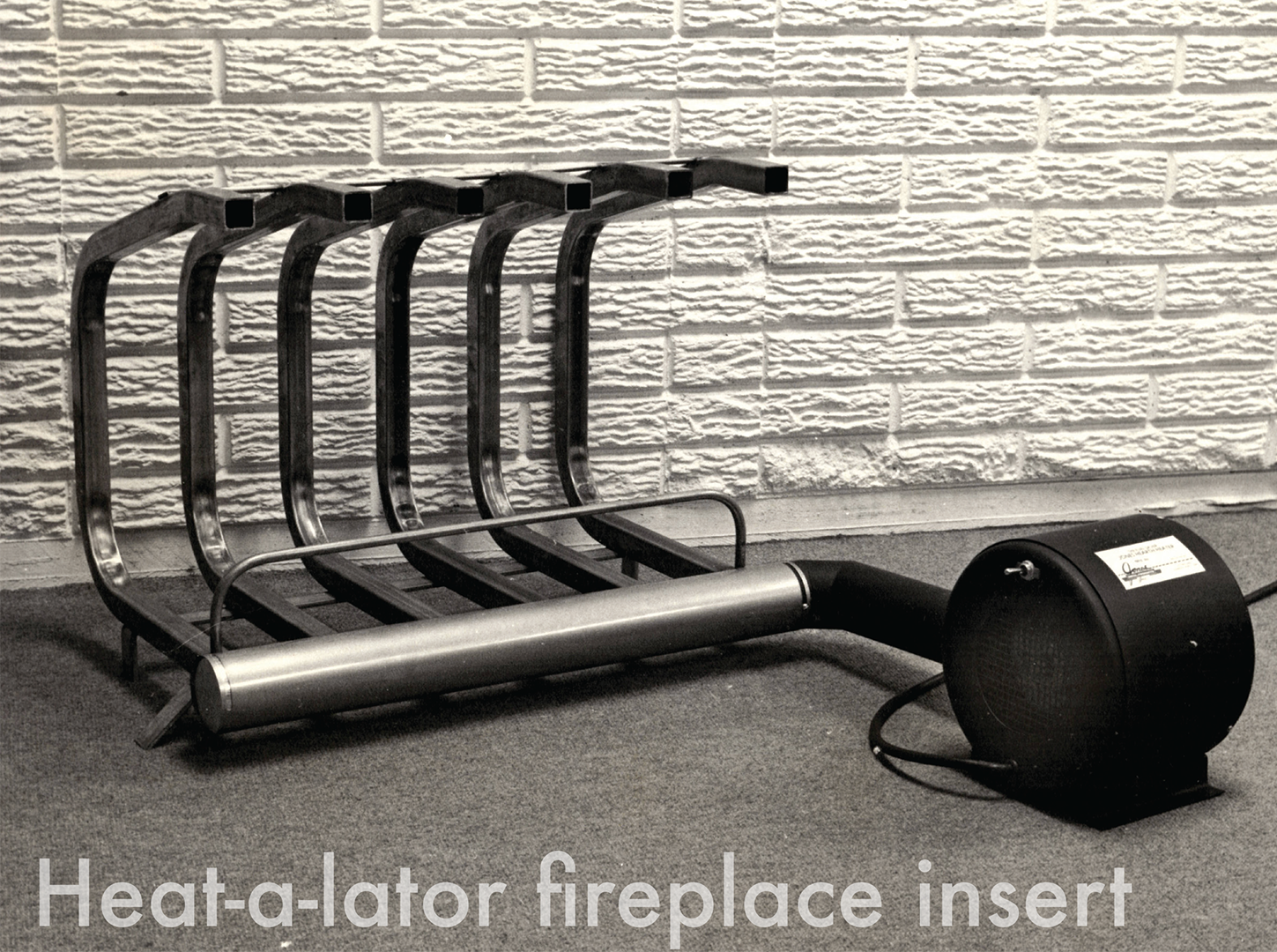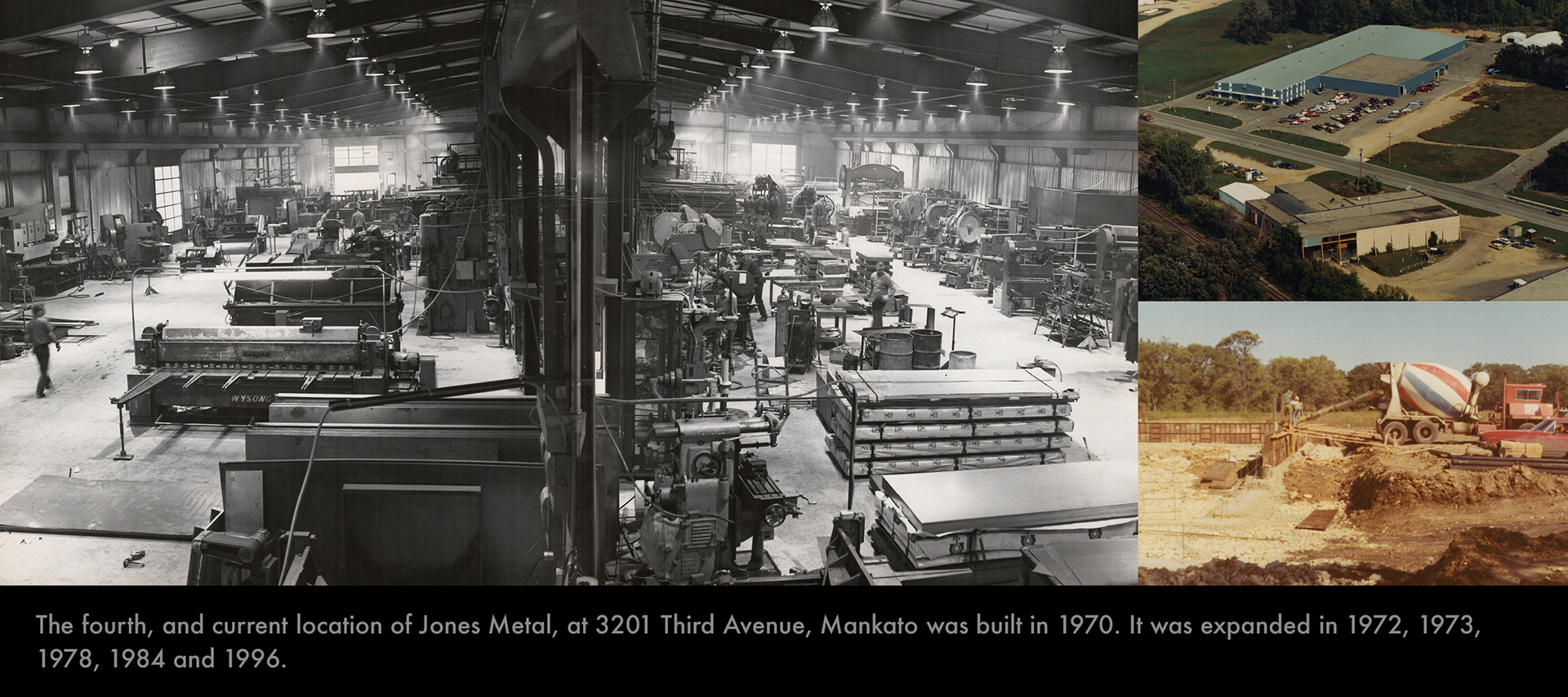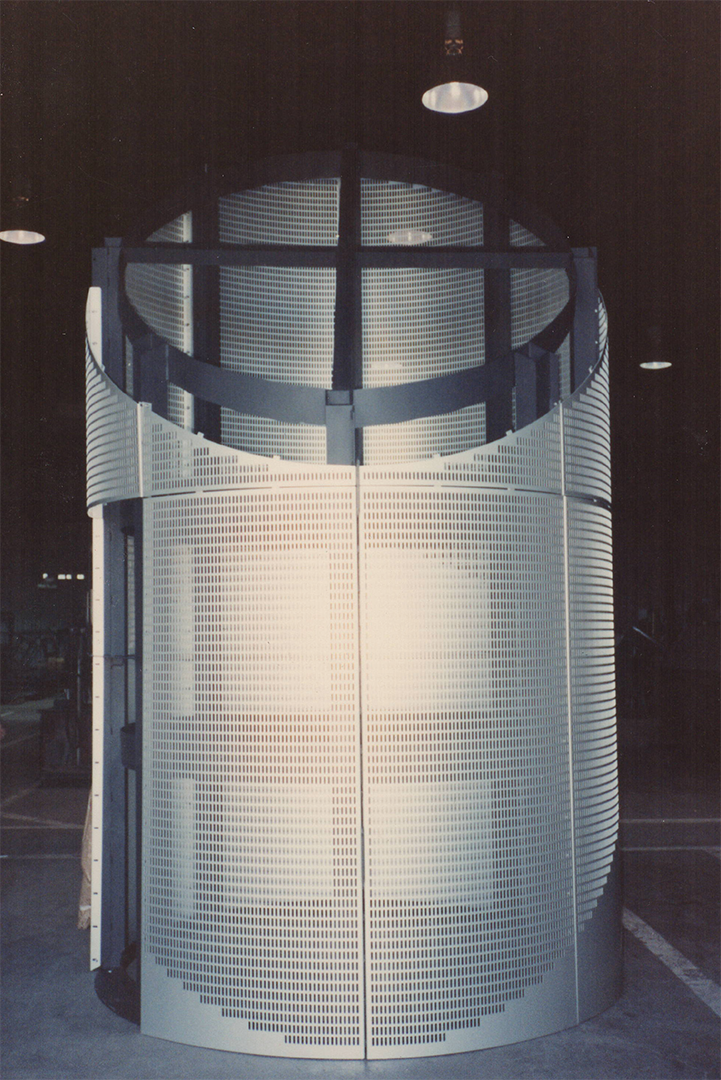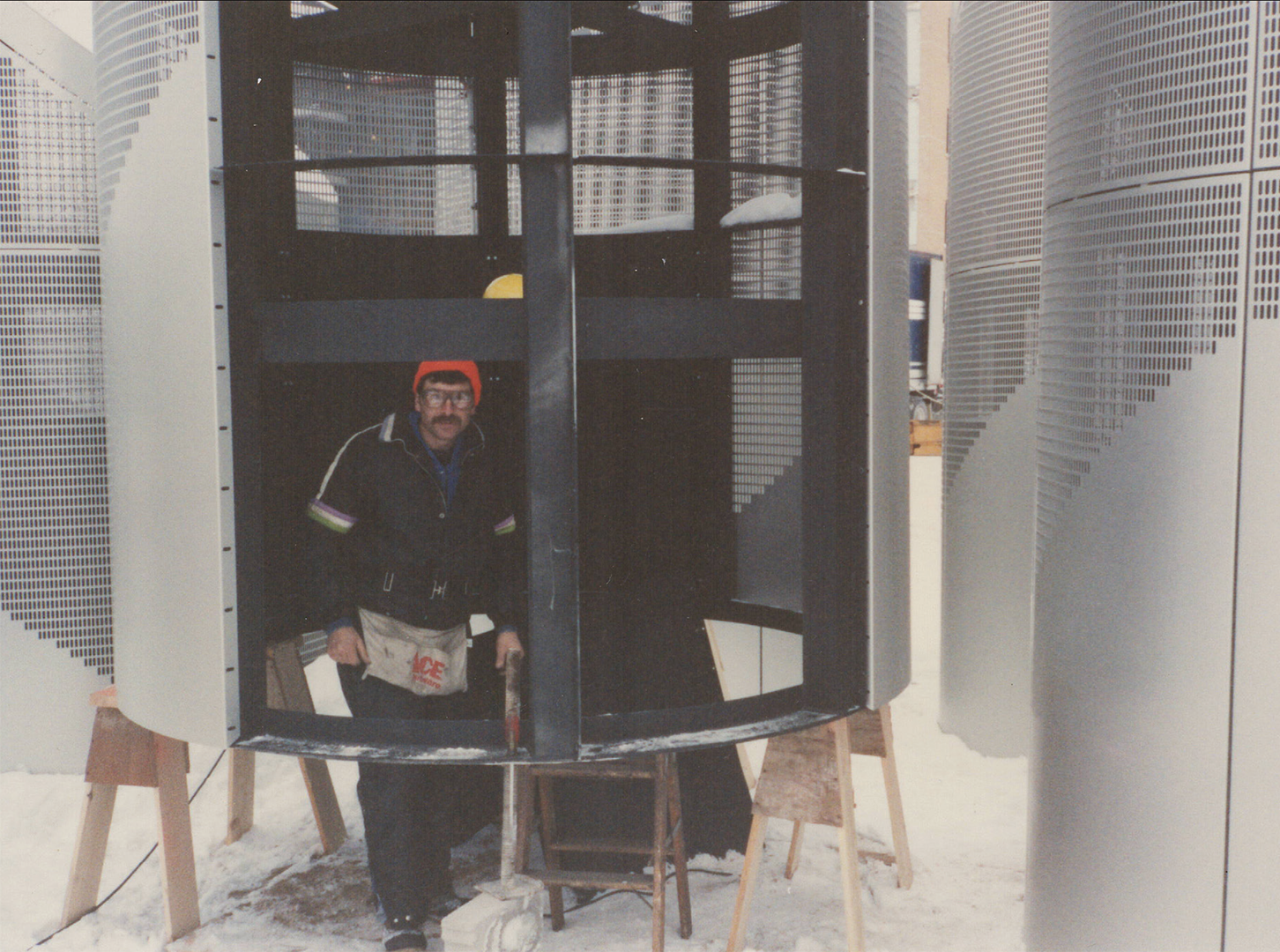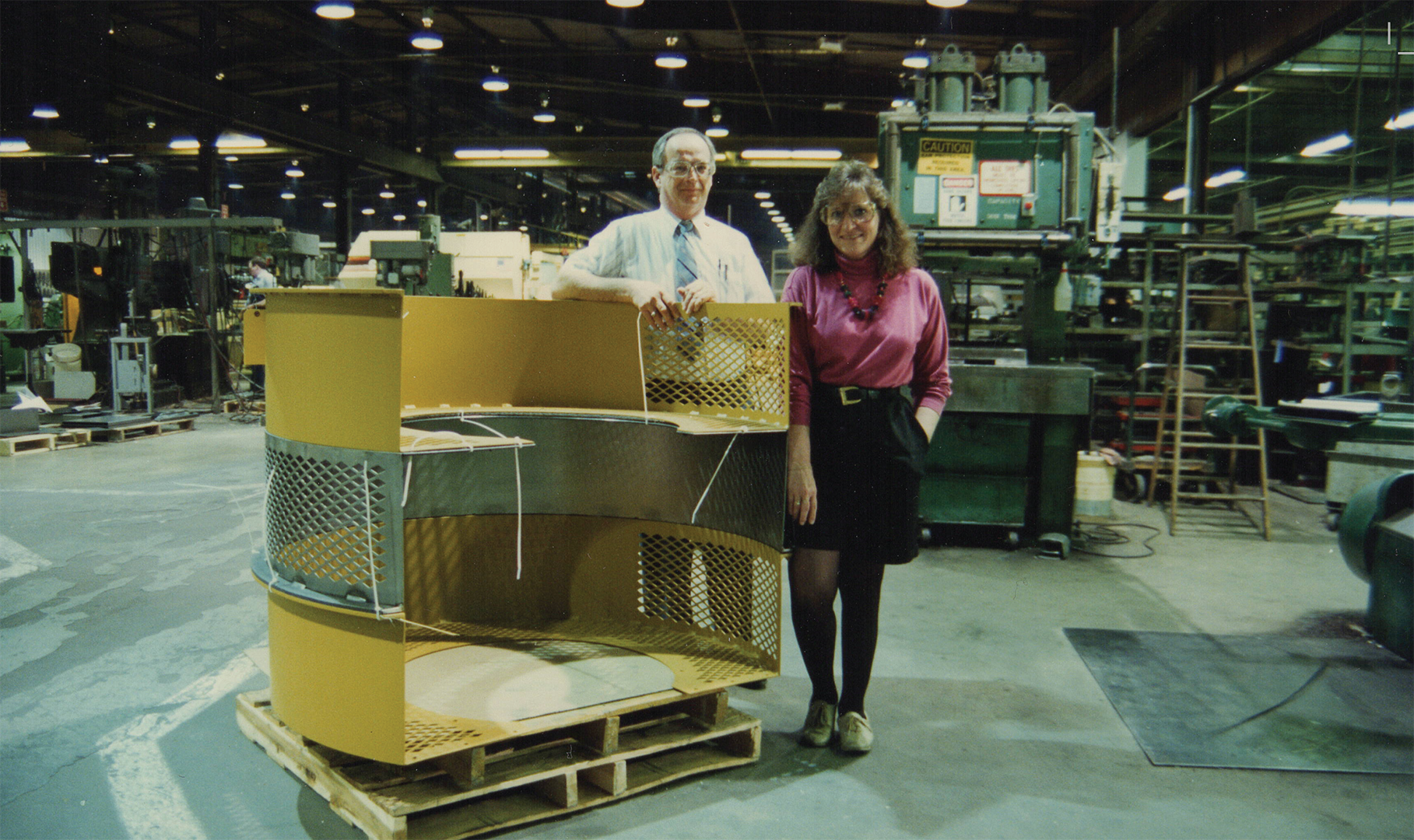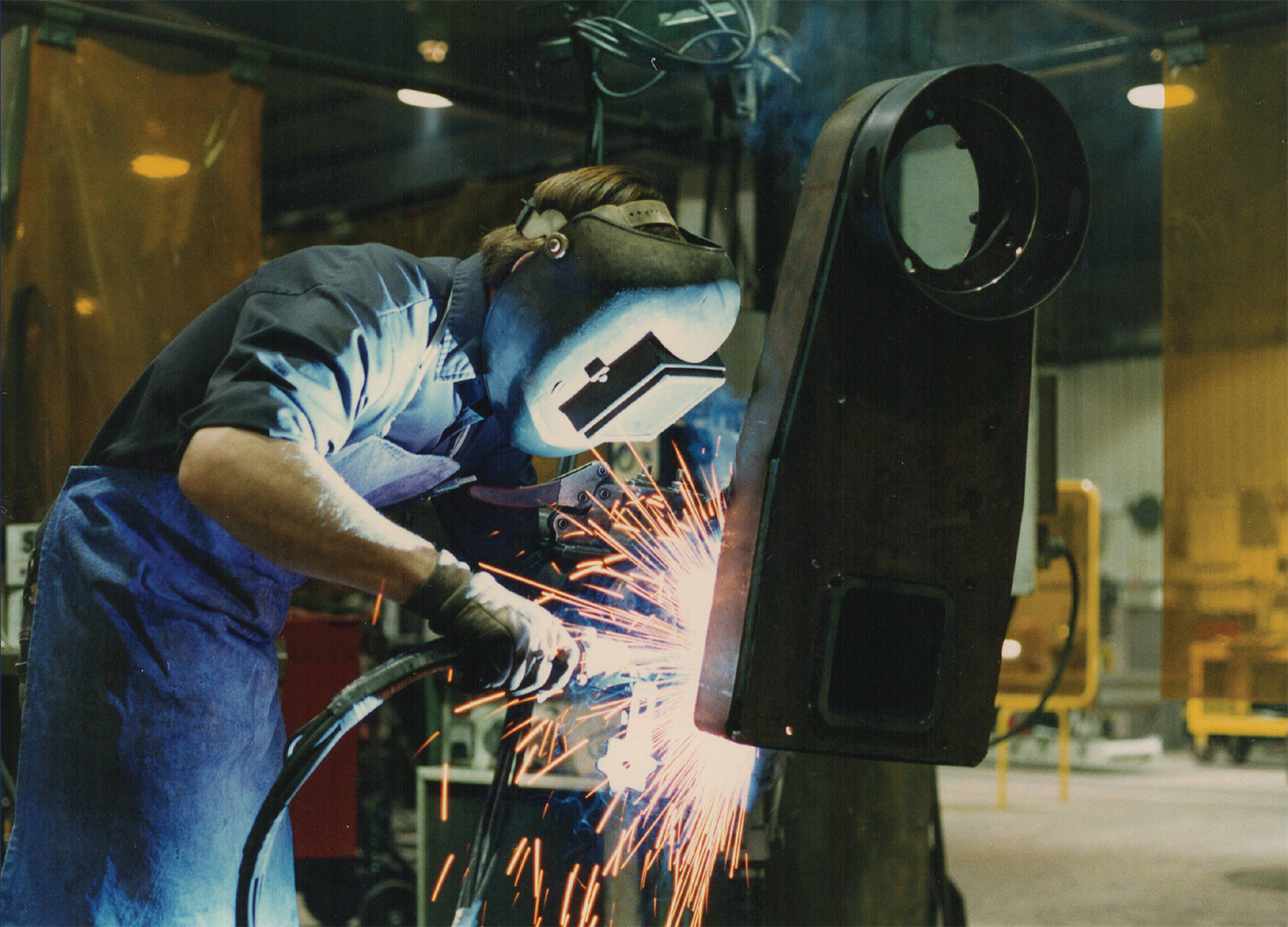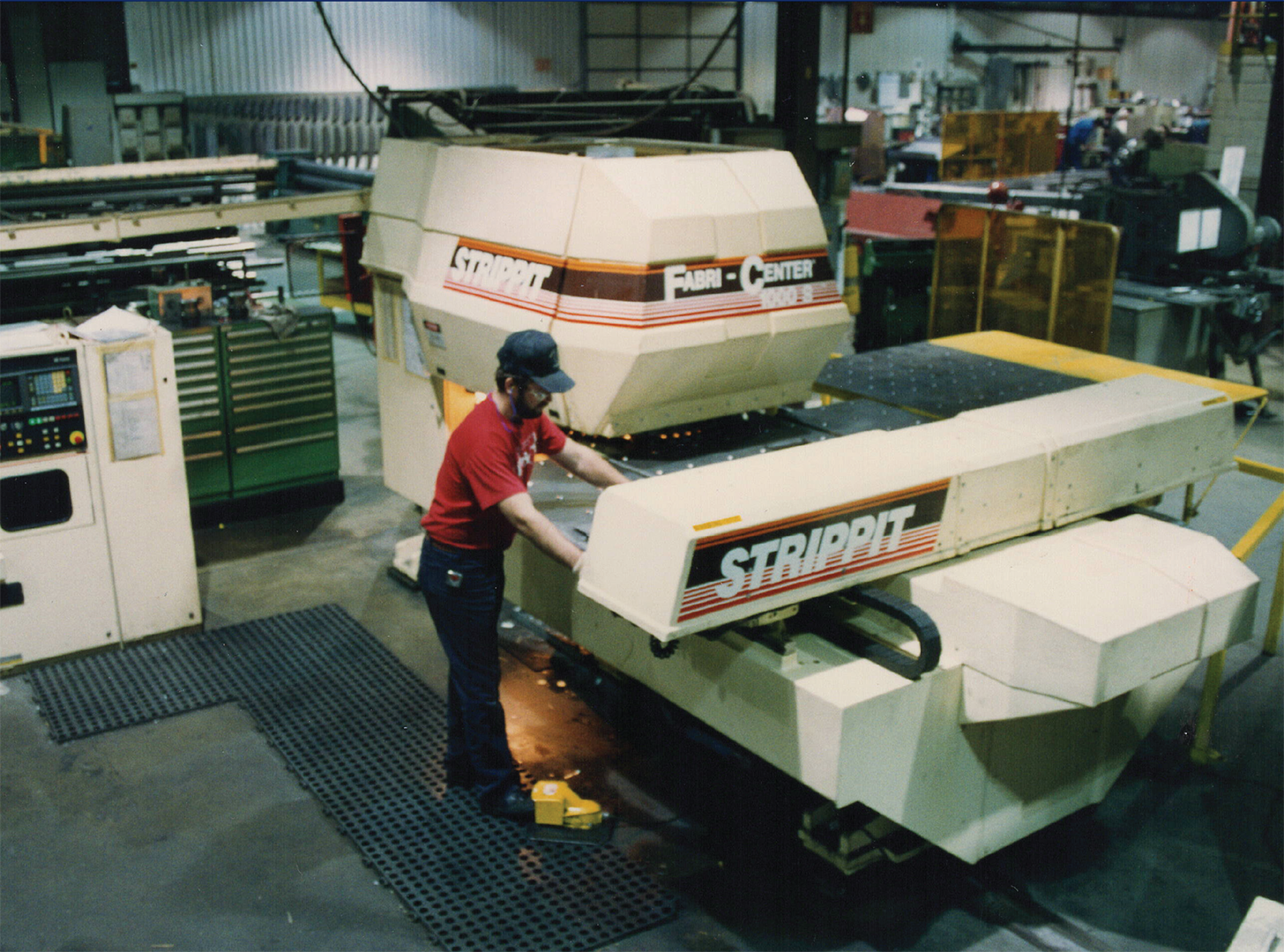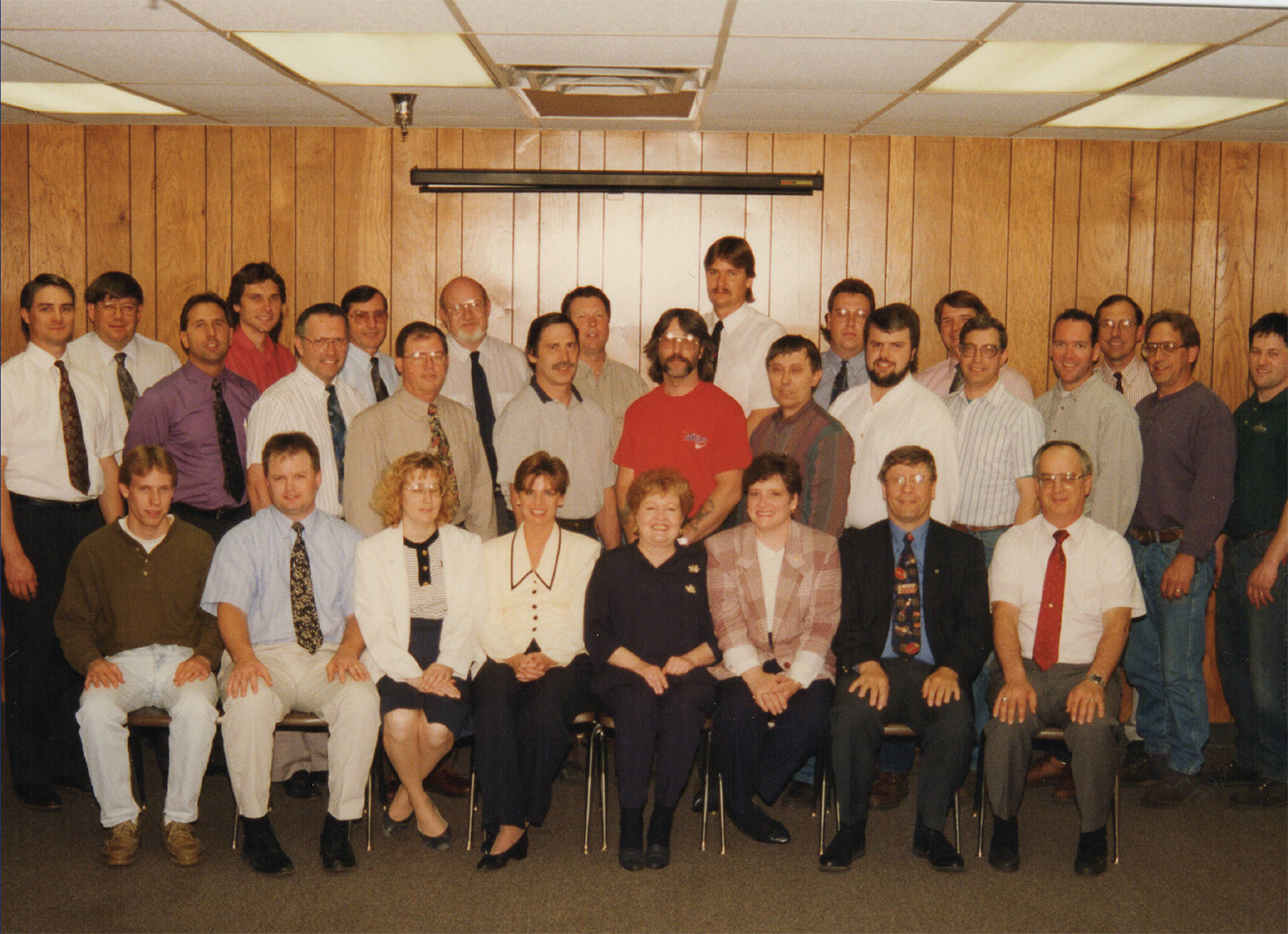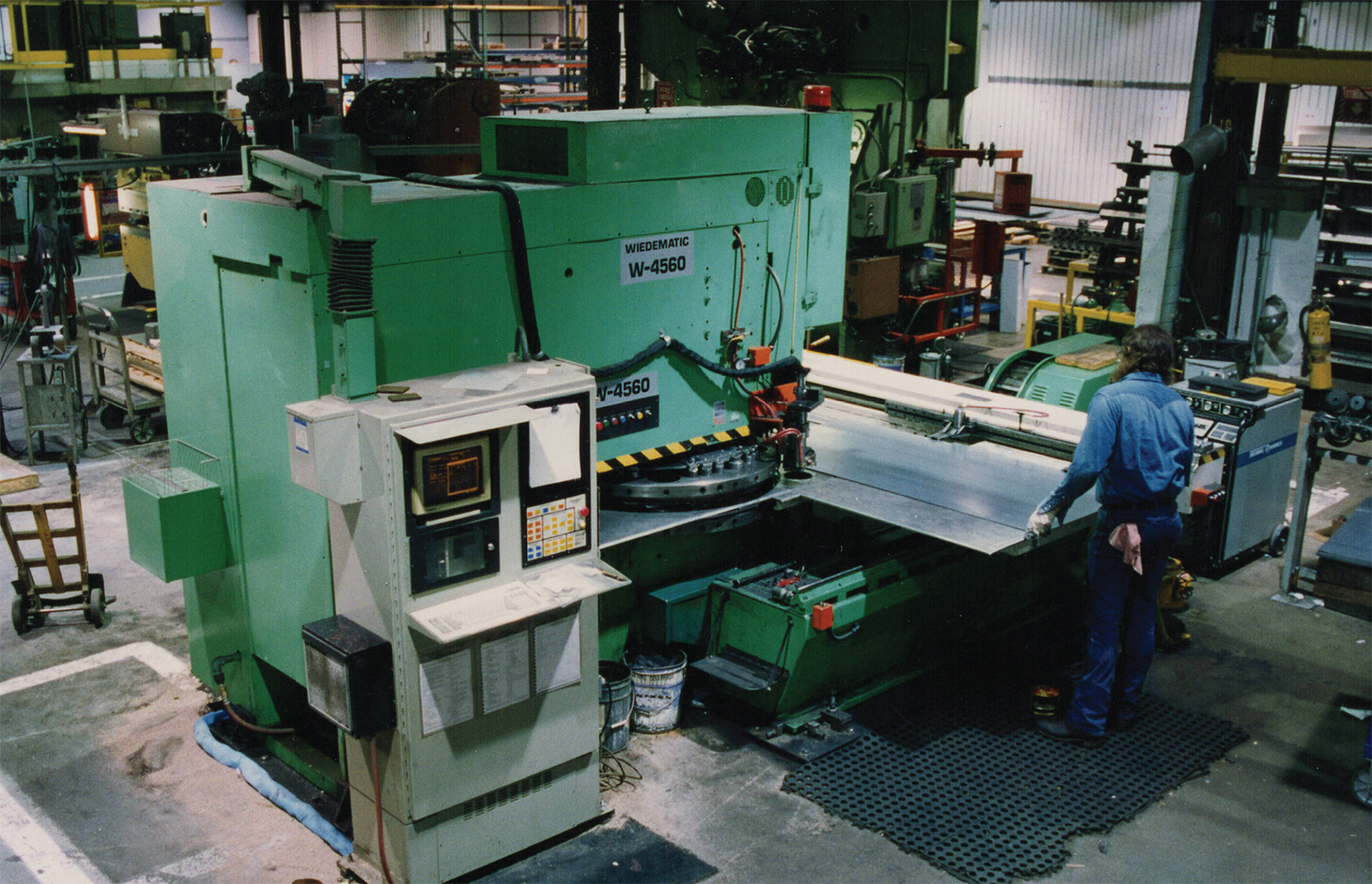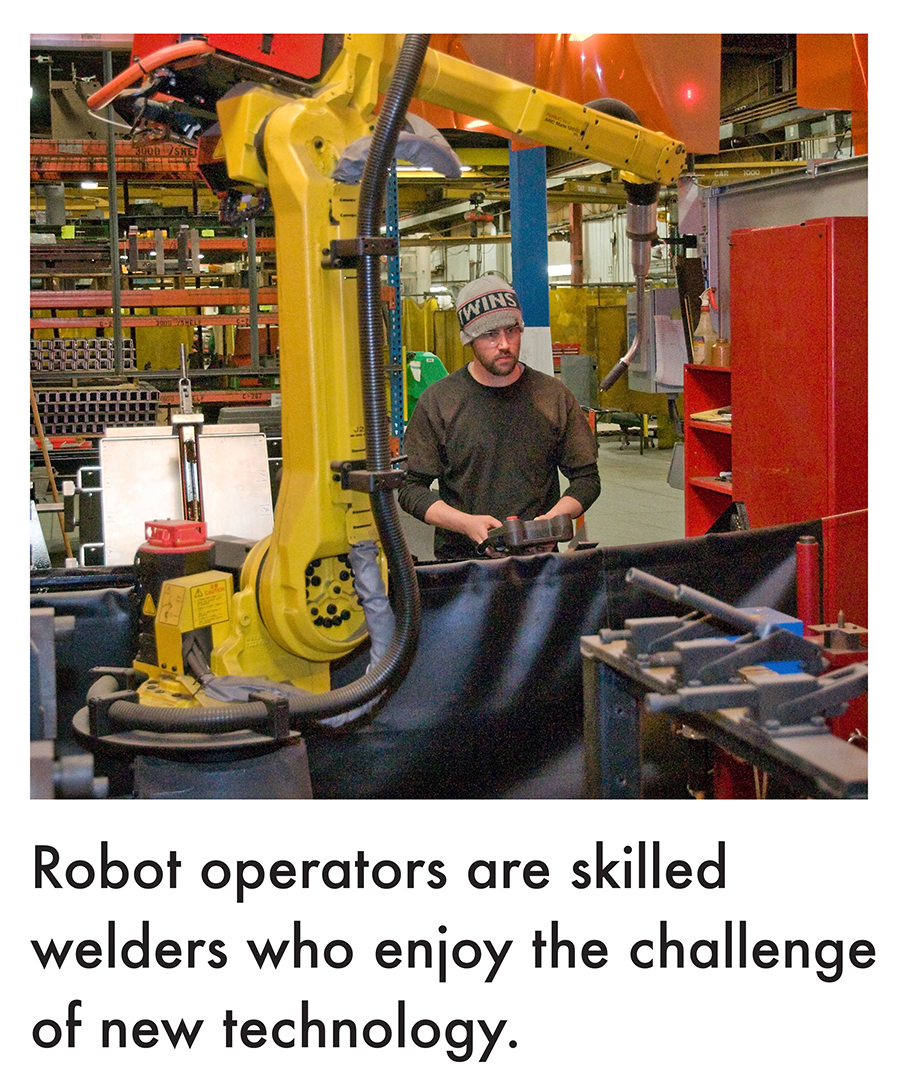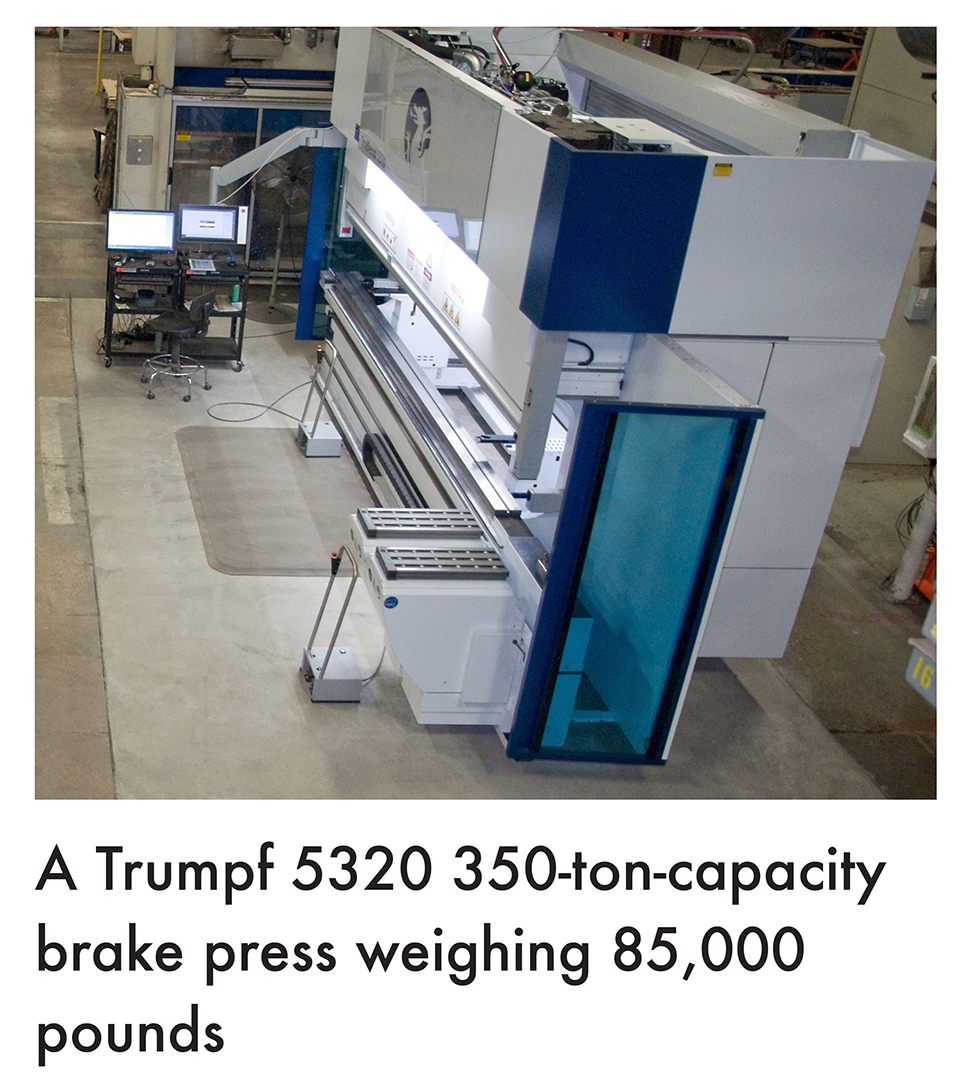Delivering Solutions
Jones Metal Legacy
A Legacy Built on Integrity, Quality and Customer Satisfaction
For more than 80 years, Jones Metal has provided metal fabrication services to industries around the world. Our company was founded by Mildred M. Jones in 1942 as a sheet metal and roofing company to serve local businesses in the Mankato, Minnesota community. Her husband, Cecil H. Jones, was an inventor and successful entrepreneur who patented numerous inventions, which Jones Metal designed and produced for decades.
Today, we’re in our third generation of family leadership, with a strong group of tenured employees and a partner base that spans the globe. We’re dedicated to continuing to build on our legacy with the right blend of innovation, knowledge and precision to keep creating solutions built to last.
FROM THE BEGINNING…
1926-1930s
Cecil H. Jones could always envision a better way to do things—especially the farm chores he disliked. It started when he was just a child, rigging up a pulley system to churn butter powered by him rocking in a chair while reading! Before long, Cecil bought a used 32-volt generator, belted it to a farm gas engine, rigged up a switchboard, wired up the buildings, and the Jones farm became one of the few with light and power.
In 1926, his invention and vision garnered a job offer from the owners of a company called KATO Engineering. Cecil eagerly joined the company and bought out his partners in 1929.
By the late 1930s, KATO Engineering was supplying power converters to the U.S. military, and soon began supplying the military with standby-power generator sets under the KATOLIGHT brand. Jones Metal became a partner in fabricating the generator enclosures, and that is how the Jones Metal manufacturing legacy began – keeping American soldiers connected to the world just like Cecil wanted to be when he was back on the farm.
1940s
By the early 1940s WWII created a tremendous demand for KATO Engineering products. A savvy entrepreneur, Cecil Jones knew it was time to start a metal fabrication company to supply parts and assembly for KATO Engineering. With his wife, Mildred M. Jones, Cecil started Jones Sheet Metal Shop a sole proprietorship. Mildred M. Jones owned the company and served on the board as president in the 1990s.
Jones Sheet Metal Shop started with four employees in a garage in the 500 block on North Front Street (now Riverfront Drive). The four original employees: Aleck Gilson, Howard Helson, Blyde Thomas and Bert Valient.
PARTIES & PARADES
KATO-NOKES
In the 1950s, Earl Nokes, an inventor from Lake Crystal, Minnesota, partnered with Jones Sheet Metal to design and manufacture prototypes of several of his inventions, including the Swather for harvesting hay and grain (top left) the Snow Loader (top right), and an implement trailer designed to turn the implement into a vertical position for transporting (bottom right).
Legend has it that the CEOs of Caterpillar and Cummins were waiting in Cecil Jones’ office one morning. They told him, “Cecil, you can be a supplier [of generators] or a competitor, but not both.” Cecil wisely said he would be a supplier. After they left, he approached his brother-inlaw, Charles (Chuck) W. Pennington with an idea for a new company. Katolight Corporation (now MTU Onsite Energy) was founded in 1952 to assemble and market generator sets for standby power needs all over the world.
KAYOT PONTOONS
In the 1960s, a group of Mankato-area men started Kayot Corporation to build aluminum pontoon boats.
Their original concept had an inefficient bull nosed cone design that was redesigned by Cecil Jones to have a more-efficient tapered nose cone. He then patented the process for the aluminum pontoon that Jones Sheet Metal manufactured.
CECIL JONES INVENTIONS
Cecil Jones was awarded several patents for his inventions, including one for a unique nose-cone design for Kayot Pontoons that Jones Sheet Metal fabricated in the 1950.
He also invented other exciting products, including the Electric Dray Cart (still in service at KATO Engineering and Jones Metal), the Jones Boat Keeper, the Pedal Slim (turned a standard bike into a stationary bike), the Snow Scoot, and Heat-a-lator fireplace inserts.
SCULPTURE
During the 1970s, sculptors called on Jones Metal Products to help produce their art. One of the most challenging and renowned was the Continuum, designed by Minnesota artist, Paul Granlund, and installed in Dubuque, Iowa in 1975. Jones Metal Products went on to build Star Burst, and bases for other Granlund works.
Paul Granlund’s sculptures,
Continuum and Star Burst
Jones Metal Products has also produced works for other artists, churches, cemeteries, and businesses.
TRUMPF 4030 LASER
Since 1942, Jones Metal has continued to invest in equipment and technology to assist its skilled production team. In 1999, Jones Metal Products became one of the first shops in the area to offer precision laser cutting capabilities with the installation of the Trumpf 4030 laser.
3M called on Jones Metal to build a set of stainless steel air-handling units that would be artistic and distinctive, as well as practical.
From the beginning, the Jones family has recognized that the success of the company is owed to its many talented employees.
As an ISO 901:2008 Certified facility, Jones Metal employees are dedicated to a continual-improvement quality management system with a focus on customer satisfaction.
SPECIAL DELIVERY
Transporting large fabricated products like The Continuum, large heat exchangers, air handling units, hoppers, dust collectors and enclosures is an industry challenge. Jones Sheet Metal, Jones Metal Products and Jones Metal have always had delivery vehicles to handle these large scale products — taking great care and pride in delivering them to customers safely.
TECHNOLOGY
Today, multiple automated laser systems, state-of-the-art press brakes, machining centers, and robotic welders are found on the production floor. In 2016, Jones Metal became a paper-free manufacturing facility. Everyone in the company uses real-time information to deliver high-quality metal fabrication on time.
FROM THE BEGINNING…
1926-1930s
Cecil H. Jones could always envision a better way to do things – especially the farm chores he disliked. It started when he was just a child, rigging up a pulley system to churn butter powered by him rocking in a chair – reading! Before long, Cecil had invented a rotary converter to convert the electricity in the barn from alternating current (AC) to direct current (DC), so he could plug in a radio and bring the world to the farm.
In 1926, his invention and vision garnered a job offer from the owners of a company called KATO Engineering. Cecil eagerly joined the company and bought out his partners in 1929.
By the late 1930s, KATO Engineering was supplying power converters to the U.S. military, and soon began supplying the military with standby-power generator sets under the KATOLIGHT brand. Jones Metal became a partner in fabricating the generator enclosures, and that is how the Jones Metal manufacturing legacy began – keeping American soldiers connected to the world just like Cecil wanted to be when he was back on the farm.
1940s
By the early 1940s WWII created a tremendous demand for KATO Engineering products. A savvy entrepreneur, Cecil Jones knew it was time to start a metal fabrication company to supply parts and assembly for KATO Engineering. With his wife, Mildred M. Jones, Cecil started Jones Sheet Metal Shop a sole proprietorship. Mildred M. Jones owned the company and served on the board as president in the 1990’s.
Jones Sheet Metal Shop started with four employees in a garage in the 500 block on North Front Street (now Riverfront Drive). The four original employees: Aleck Gilson, Howard Helson, Blyde Thomas and Bert Valient.
1950s
PARTIES & PARADES
Jones Metal has always been a tight-knit community with a higher-than-average number of long-term employees. Today, employees still gather for company lunches each quarter, in addition to informal celebrations and activities.
KATO-NOKES
In the 1950s, Earl Nokes, an inventor from Lake Crystal, Minnesota, partnered with Jones Sheet Metal to design and manufacture prototypes of several of his inventions, including the Swather for harvesting hay and grain (top left) the Snow Loader (right), and an implement trailer designed to turn the implement into a vertical position for transporting (bottom left).
Legend has it that the CEOs of Caterpillar and Cummins were waiting in Cecil Jones’ office one morning. They told him, “Cecil, you can be a supplier [of generators] or a competitor, but not both.” Cecil wisely said he would be a supplier. After they left, he approached his brother-inlaw, Charles (Chuck) W. Pennington with an idea for a new company. Katolight Corporation (now MTU Onsite Energy) was founded in 1952 to assemble and market generator sets for standby power needs all over the world.

1960s
FABRICATION

KAYOT PONTOONS
In the 1960s, a group of Mankato-area men started Kayot Corporation to build aluminum pontoon boats.
Their original concept had an inefficient bull nosed cone design that was redesigned by Cecil Jones to have a more-efficient tapered nose cone. He then patented the process for the aluminum pontoon that Jones Sheet Metal manufactured.
Cecil Jones Inventions
Cecil Jones was awarded several patents for his inventions, including one for a unique nose-cone design for Kayot Pontoons that Jones Sheet Metal fabricated in the 1950.
He also invented other exciting products, including the Electric Dray Cart (still in service at KATO Engineering and Jones Metal), the Jones Boat Keeper, the Pedal Slim (turned a standard bike into a stationary bike), the Snow Scoot, and Heat-a-lator fireplace inserts.
1970-1980s
Cecil Jones always liked to add human interest to marketing materials!
A series of complex parts manufactured by Jones Metal.
For over 40 years, Jones Metal Products had a slogan, “You name it, We’ll make it,” which attracted artists from across the United States who found it a challenge to find the right partner to fabricate and mount their complex sculptures.
Sculpture
During the 1970s, sculptors called on Jones Metal Products to help produce their art. One of the most challenging and renowned was the Continuum, designed by Minnesota artist, Paul Granlund, and installed in Dubuque, Iowa in 1975. Jones Metal Products went on to build Star Burst, and bases for other Granlund works.
Paul Granlund’s sculptures,
Continuum and Star Burst
1990s
People of Jones Metal
From the beginning, the Jones family has recognized that the success of the company is owed to its many talented employees.
As an ISO 901:2008 Certified facility, Jones Metal employees are dedicated to a continual-improvement quality management system with a focus on customer satisfaction.
Special Delivery
Transporting large fabricated products like The Continuum, large heat exchangers, air handling units, hoppers, dust collectors and enclosures is an industry challenge. Jones Sheet Metal, Jones Metal Products and Jones Metal have always had delivery vehicles to handle these large scale products — taking great care and pride in delivering them to customers safely.
2000s +
Technology
Today, multiple automated laser systems, state-of-the-art press brakes, machining centers, and robotic welders are found on the production floor. In 2016, Jones Metal became a paper-free manufacturing facility. Everyone in the company uses real-time information to deliver high-quality metal fabrication on time.





























